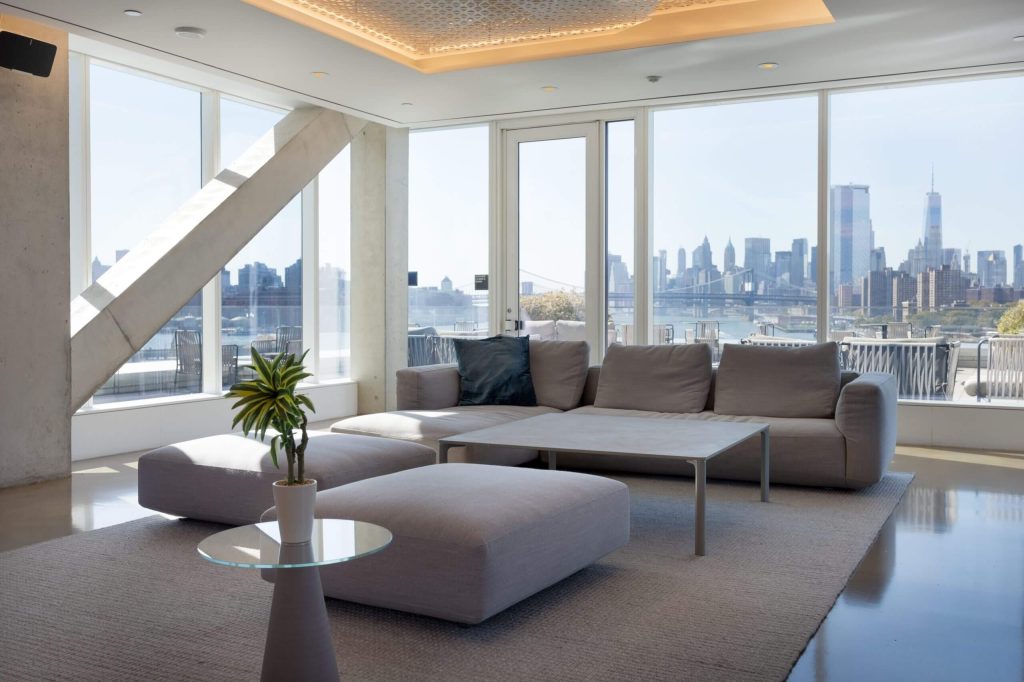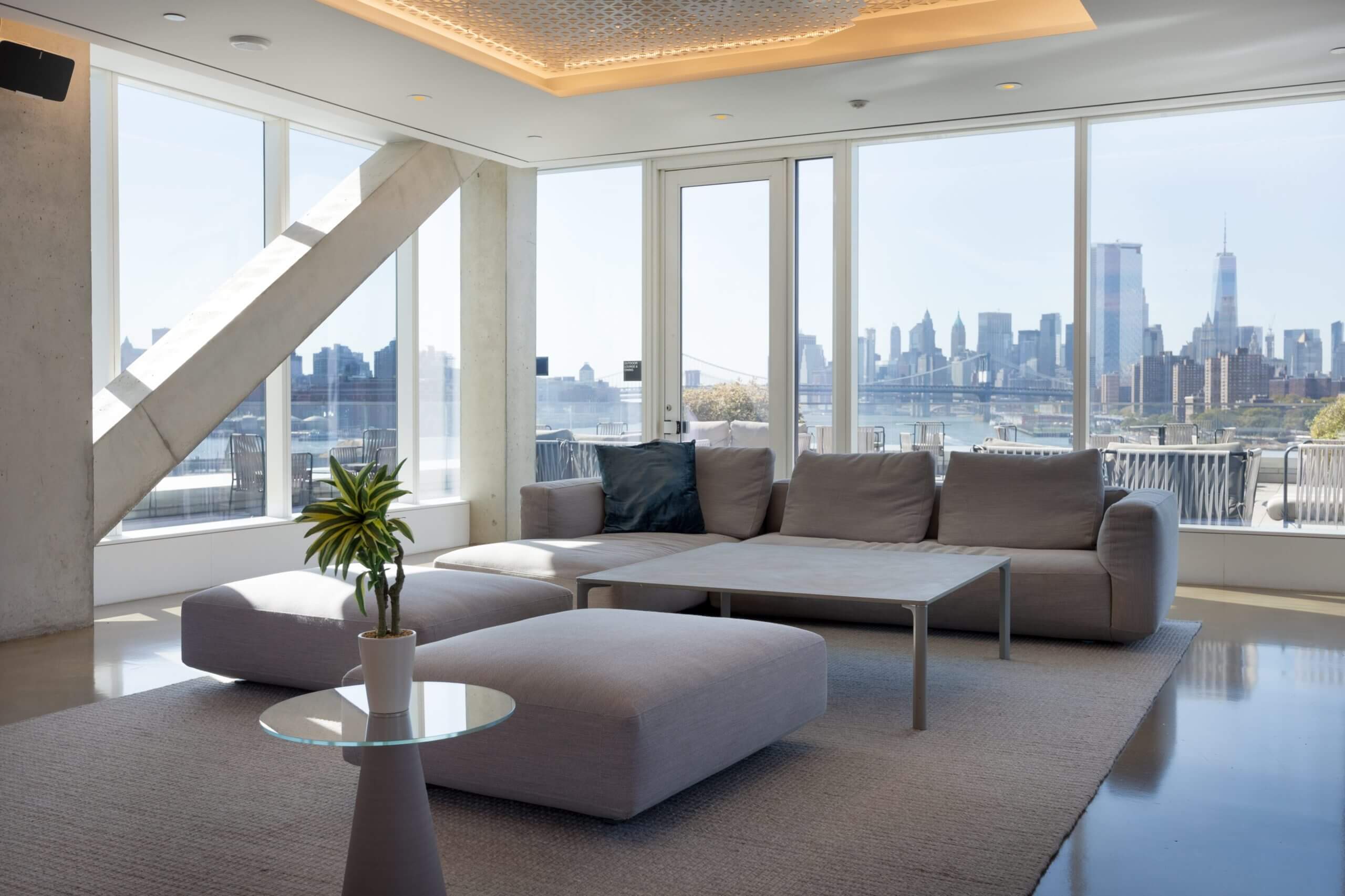How Expensive Are Floor To Ceiling Windows? When it comes to architectural aesthetics and maximizing natural light, floor-to-ceiling windows are an attractive choice for homeowners and designers alike. But with their undeniable allure, there’s a question that often comes to mind: just how expensive are floor-to-ceiling windows? In this article, we’ll explore the factors that impact the cost of these stunning window designs and help you understand what to expect when considering them for your home.

Understanding Floor-to-Ceiling Windows
Floor-to-ceiling windows, as the name suggests, are expansive windows that stretch from the floor to the ceiling of a room. These windows offer several benefits:
- Abundant Natural Light: The primary advantage is the abundant natural light they bring into a space. This not only enhances the overall ambiance but can also reduce energy costs by minimizing the need for artificial lighting during the day.
- Stunning Views: Floor-to-ceiling windows often provide stunning panoramic views, making them a popular choice in homes with scenic surroundings.
- Architectural Statement: They serve as an architectural statement, adding a modern, spacious, and luxurious feel to any room.
Now, let’s delve into the factors that impact the cost of floor-to-ceiling windows.
Factors Affecting the Cost
The cost of floor-to-ceiling windows can vary widely based on several key factors:
- Size: The size of the windows is one of the most significant factors influencing the cost. Larger windows require more materials and labor, which drives up the price.
- Materials: The choice of materials for the frames and glass affects the cost. High-quality, energy-efficient glass and durable frame materials will come at a premium.
- Installation: The complexity of the installation can affect the cost. If significant structural modifications are necessary, such as removing walls or reinforcing the structure, the installation cost will increase.
- Location: The location of your home can also impact the cost. Homes in urban areas with high living costs may see higher installation prices.
- Energy Efficiency: If you opt for energy-efficient glass that helps regulate indoor temperature, you may incur additional expenses. However, this can lead to long-term energy savings.
Average Cost Ranges
On average, the cost of floor-to-ceiling windows can range from $700 to $1,600 per linear foot. This cost includes both the materials and labor. For a standard-sized room with an 8-foot ceiling height, you can expect to pay between $5,600 and $12,800 for floor-to-ceiling windows.
It’s important to note that this is a general range, and the final cost may differ significantly based on the factors mentioned earlier. To get an accurate estimate, it’s advisable to consult with window professionals or contractors who can assess your specific requirements.
Read too: How To Fix Water Bubble In Ceiling
Additional Considerations
When considering floor-to-ceiling windows, keep these additional considerations in mind:
- Maintenance Costs: High-quality materials often require less maintenance, but it’s important to budget for occasional cleaning and upkeep.
- Window Coverings: You may need window coverings for privacy, light control, and energy efficiency. Consider these costs when budgeting.
- Local Regulations: Check local building codes and regulations, as they may impact the design and cost of your windows.
Conclusion:
Floor-to-ceiling windows bring luxury, style, and natural light to your home, but they come at a cost. By understanding the factors that influence the price and carefully budgeting for the installation, you can make an informed decision about incorporating these stunning windows into your living space. While they may be an investment, the aesthetic and functional benefits they offer can be well worth the expense, adding value and sophistication to your home.
